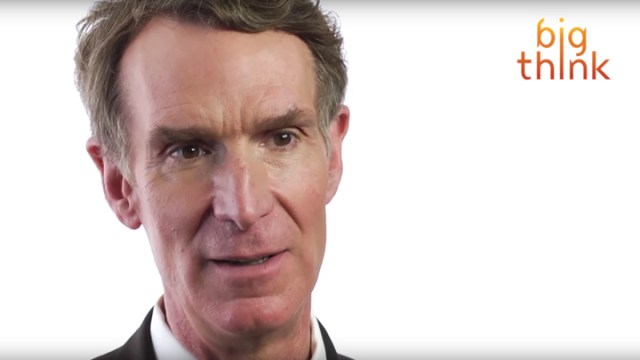From Nothing To You In 12 Easy Steps
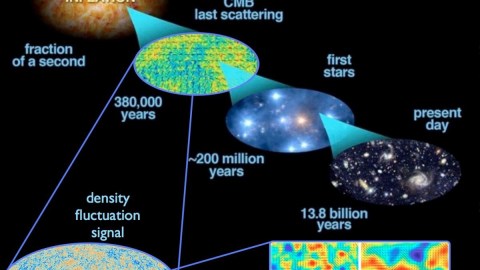
A 200 word journey from the Big Bang to modern humans.
“It surprises me how disinterested we are today about things like physics, space, the universe and philosophy of our existence, our purpose, our final destination. It’s a crazy world out there. Be curious.” –Stephen Hawking
In the beginning, there was space and time, and the fabric of space was expanding at a fantastic rate.
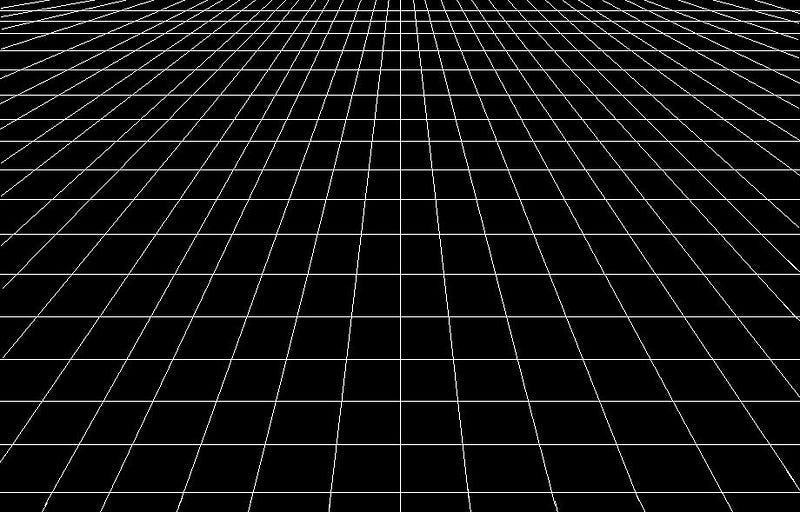
That inflationary state came to an end where we are, converting the energy of space into matter, antimatter and radiation.
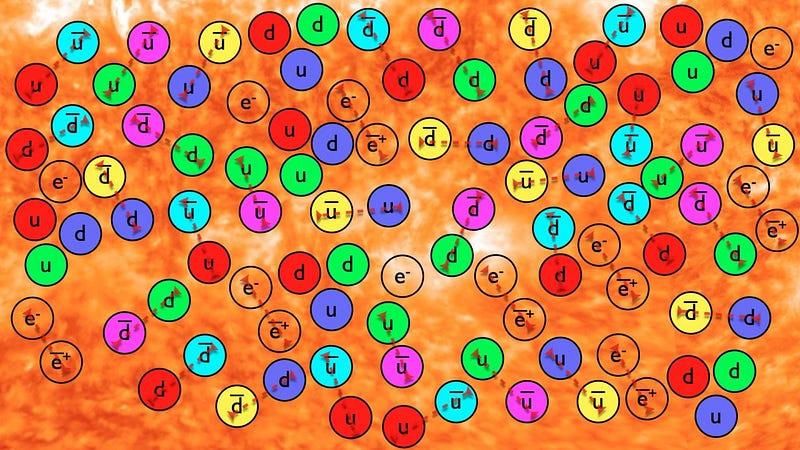
This hot, primordial soup expanded and cooled, creating a slight asymmetry between matter (slightly more) and antimatter (slightly less).
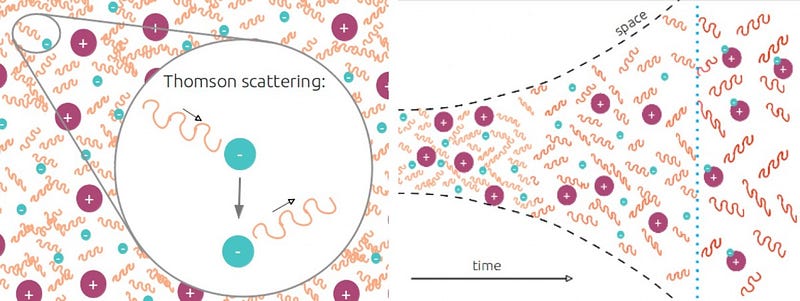
The cooling continued, nuclei formed, and eventually, so did neutral atoms.
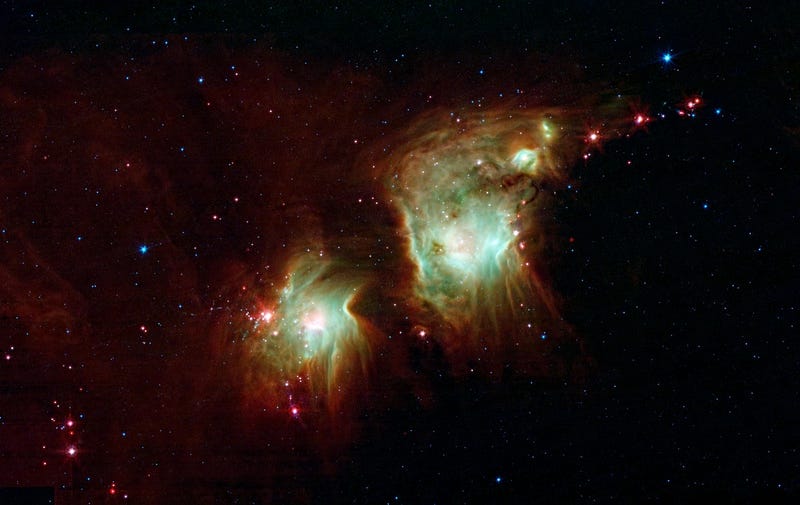
These atoms clumped together in gravitationally overdense regions, forming the first stars after tens of millions of years.
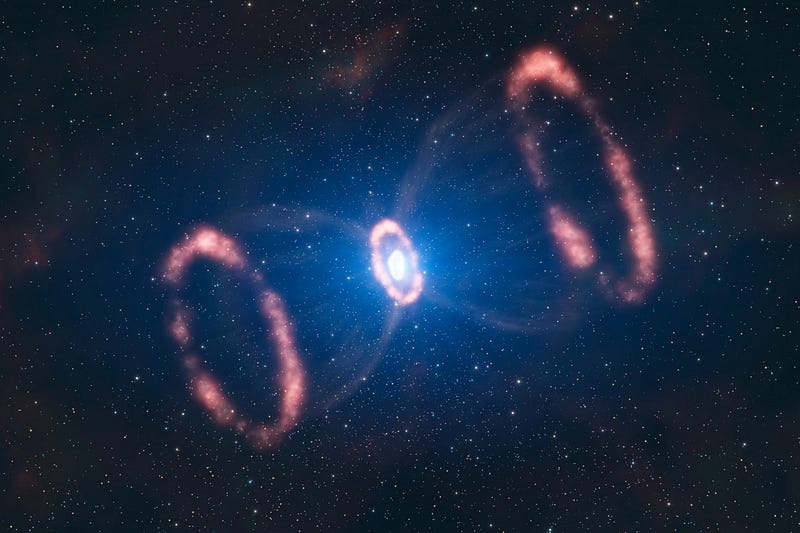
The most massive stars run out of fuel and die in supernovae, enriching the Universe with heavy elements.
On larger scales, star clusters, galaxies and more merge together to form the large-scale structure we see today.
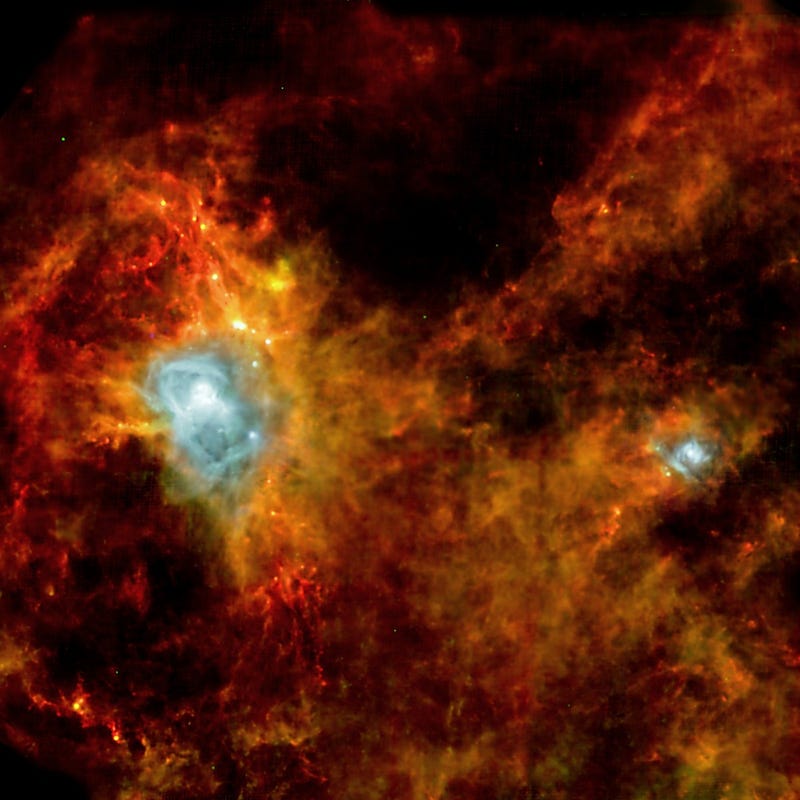
On small scales, generations of recycled, burned-out stellar material give rise to new generations of stars.
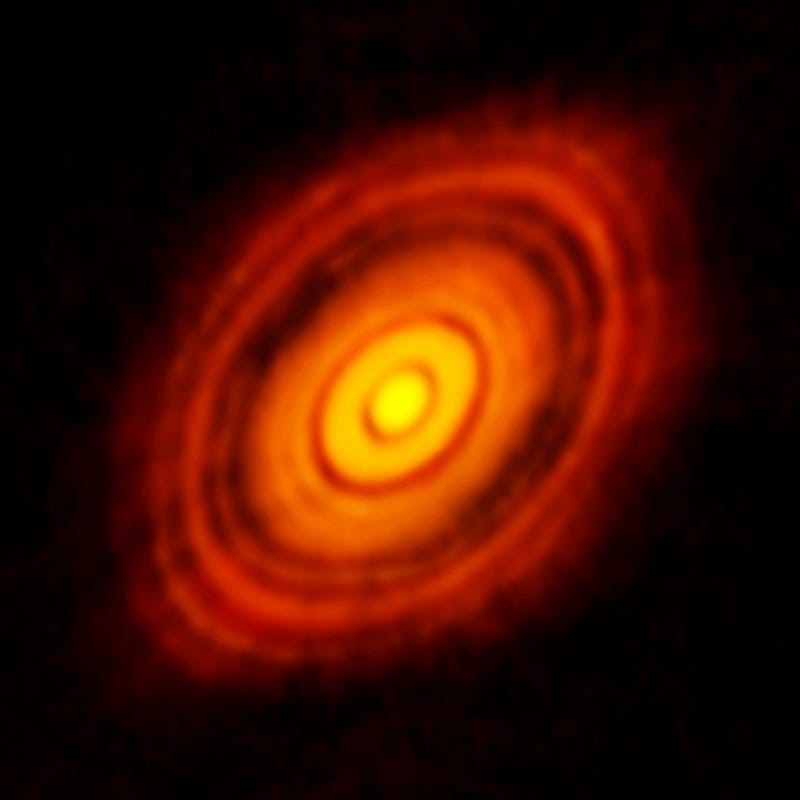
These later generations contain 1–2% heavy elements, some of which form rocky planets.
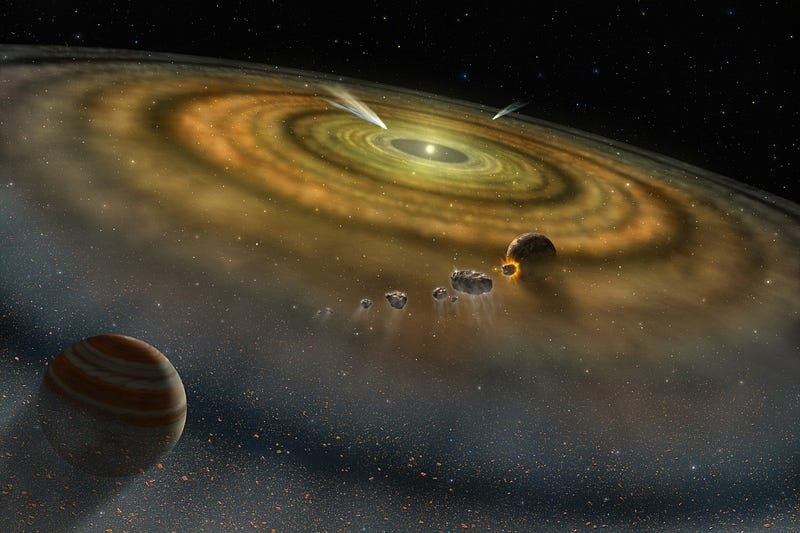
Some of these planets, rich with life’s fundamental ingredients, form in the habitable zones of their stars.
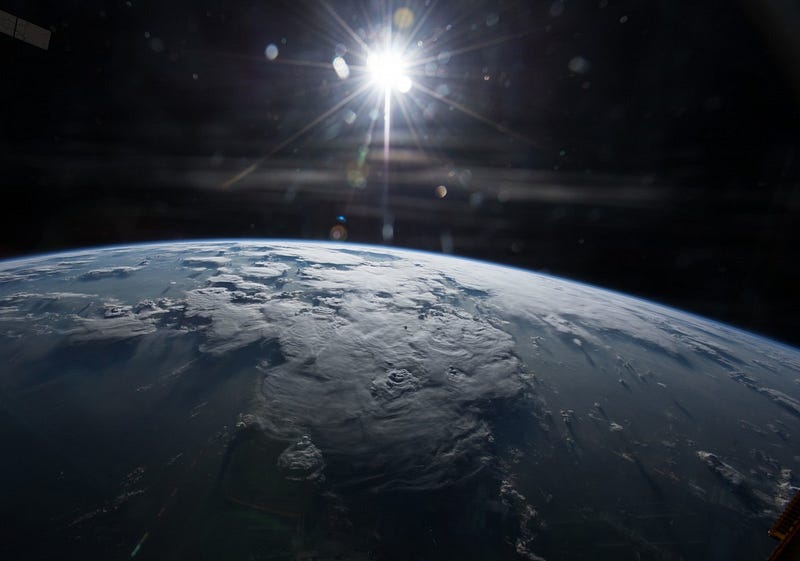
On one of them, 4+ billion years ago, life takes hold.
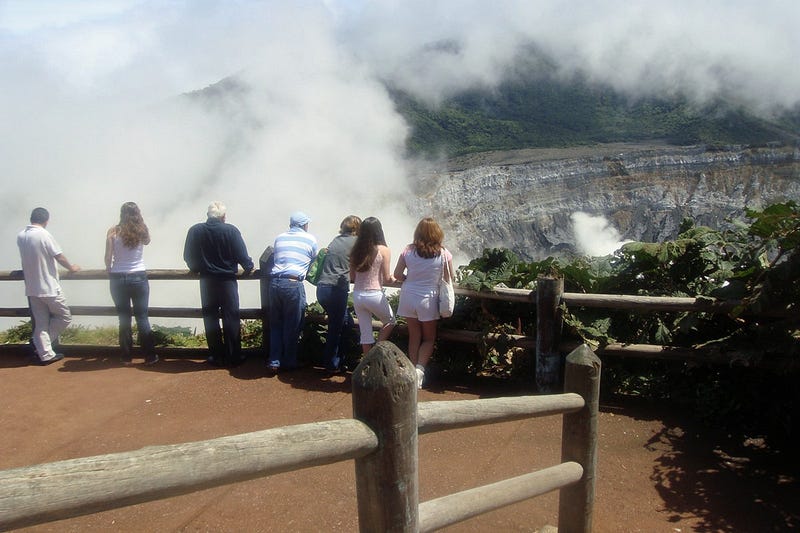
After evolution, catastrophes, and extinction, we, the survivors, arrived.
Mostly Mute Monday tells the story of a single astronomical phenomenon or object primarily in visuals, with no more than 200 words of text.
This post first appeared at Forbes, and is brought to you ad-free by our Patreon supporters. Comment on our forum, & buy our first book: Beyond The Galaxy!





